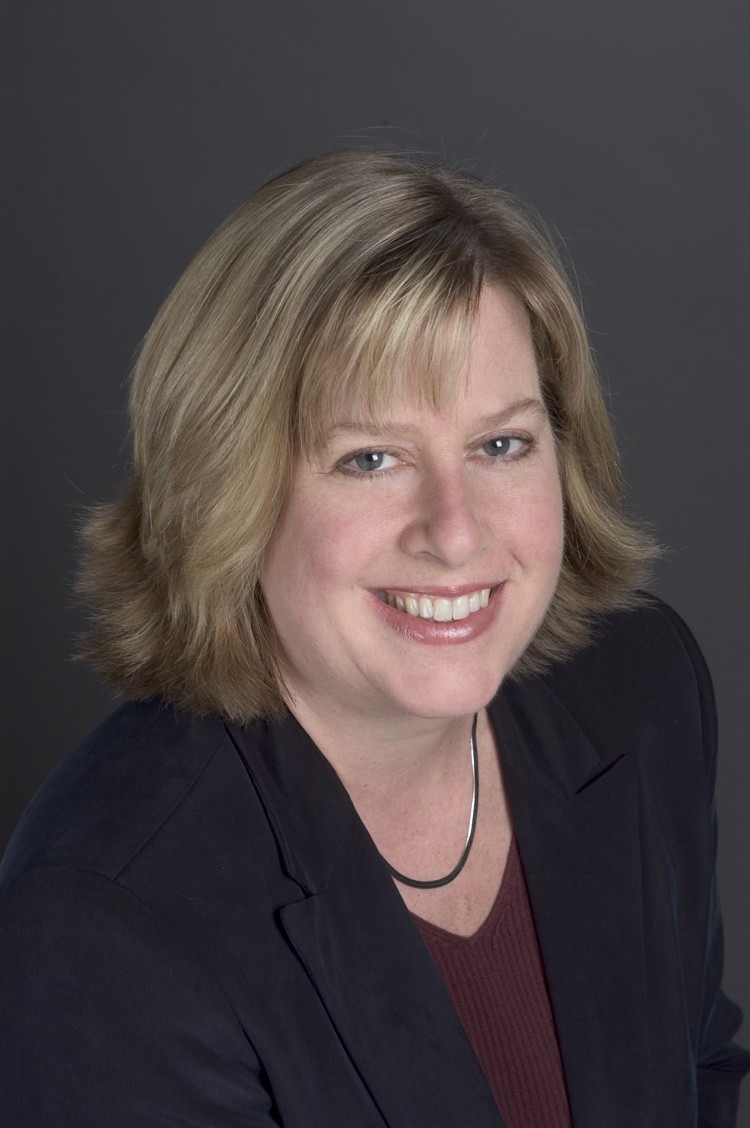Small-business owners have to be ready for anything, be it a change in your personal financial situation or an outside trend that blows you out of the water. You have to forecast events as much as possible and have a plan B. Even more important, you should have a business model that gives you the flexibility to adapt when the unexpected happens.
Too many eggs in one basket
To my chagrin, I’ve learned this lesson the hard way—twice—in recent years. I don’t blame myself for not predicting the recession. If top-notch economists didn’t see it coming, how would I?
In 2008 my solo freelance writing/editing business was sailing along. The previous year, my fifth in business, had been my best ever. I was busy and confident, adding new clients, serving existing ones, and planning my growth strategy. Then, boom. Economic Armageddon.
Hmm, let’s see. When businesses take a financial hit, what’s their first step? Cutting discretionary spending, of course. Things like training, travel, and communications. Oh no.
I would have been OK if two clients hadn’t comprised nearly 75% of my business. About halfway through the year, one “revamped” its communications plan to send fewer, more targeted pieces. The other stopped using freelance writers altogether through year-end.
I belatedly started an aggressive search for new clients—marketing, networking, you name it—but most, if not all, businesses were in the same boat. Our family cut back spending—no easy task with a graduating high school senior about to head off for college and a high school junior who played (expensive) hockey.
After exhausting cash reserves, we turned to our credit card (we only have one, thankfully), our home equity line of credit, and even our overdraft protection accounts. That sentence bespeaks another article about the bad financial behavior one finds oneself indulging in when under stress. Why didn’t I call a nonprofit financial counselor and get a real plan in place? But I digress.
Fortunately, by mid-2009 both clients were better positioned financially and using my services again. At home we put in place a strict budget and dug out of the hole. But—lesson learned—don’t concentrate too much of your business with too few clients.
No benefits, no business
By 2011 it was again smooth sailing for my business. Then, without warning, my husband lost his longtime job and its sweet, sweet benefits. I was sure he’d get a new one very shortly, with his statewide and national connections and stellar work record. But that hasn’t been the case. Know anyone who wants to hire a good—strike that, GREAT—entomologist?
Anyway, as time passes I realize my business model doesn’t work long-term if we have to buy our own health insurance, especially with our two young-adult daughters still dependent on us for health care.
So, we pay $800 a month for catastrophic care, go to the doctor only in grave emergencies (knock on wood), and cut spending. Again. (No loading up the credit card, etc. this time, though. Ahem.)
And, I’m looking for a job with benefits. I’m excited about it, really. One reason I went into business was to be available to my daughters, and they live across the country now. The dogs (my interns) and I get a little lonely in the home office. And I miss having coworkers. I figure I can work fulltime and still keep the freelance business going—but only with my favorite clients.
Lesson learned again: Structure your business model so that if something out of your control changes, you have a way to stay solvent. So I had to learn the same lesson twice.
It’s hard to teach an old dog new tricks, you know?
Judy Dahl is a small-business owner in Madison, Wis., who now has a Plan B, C, and D, and three accomplished canine interns. Also an entomologist husband and two New York daughters.



